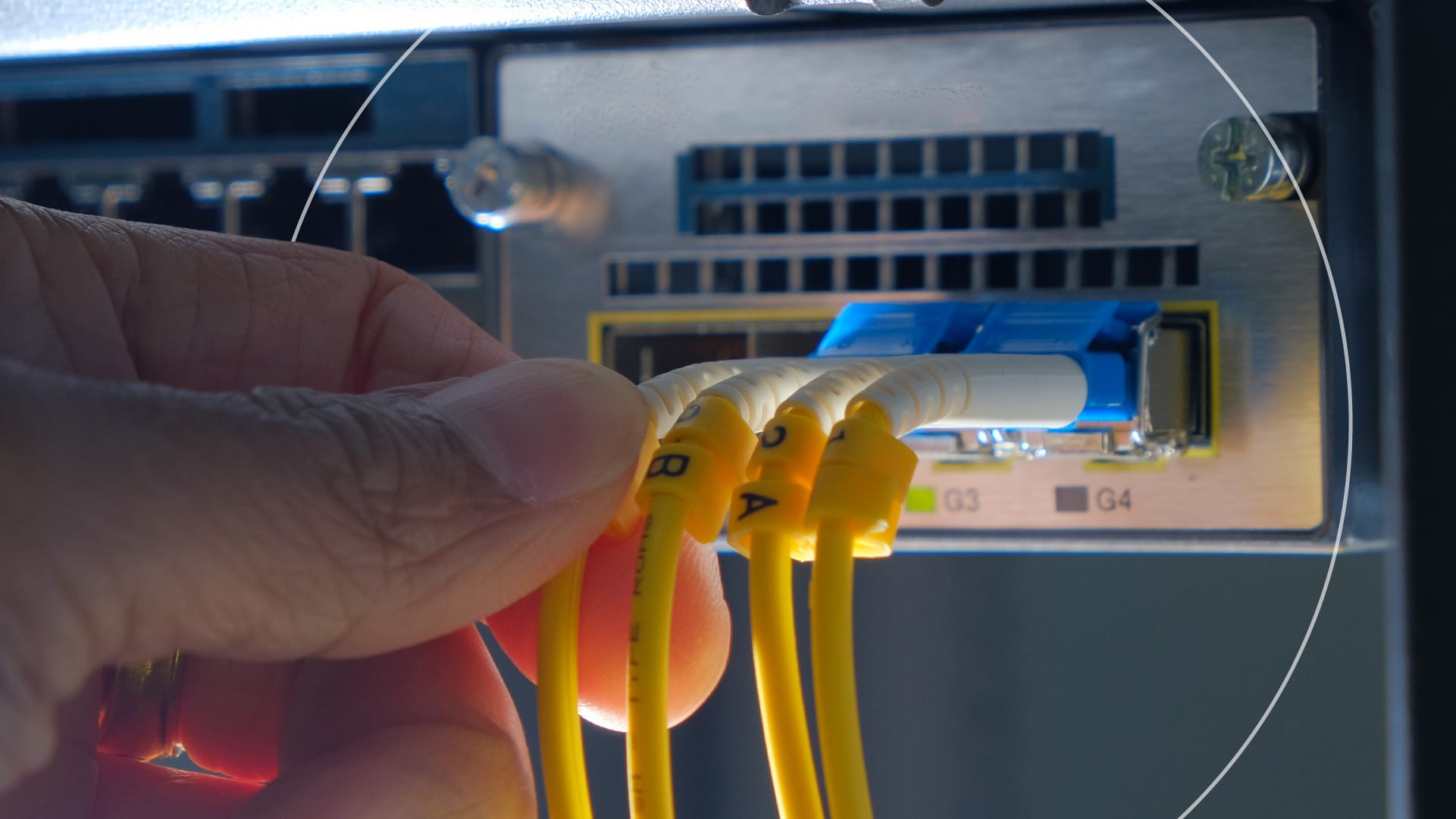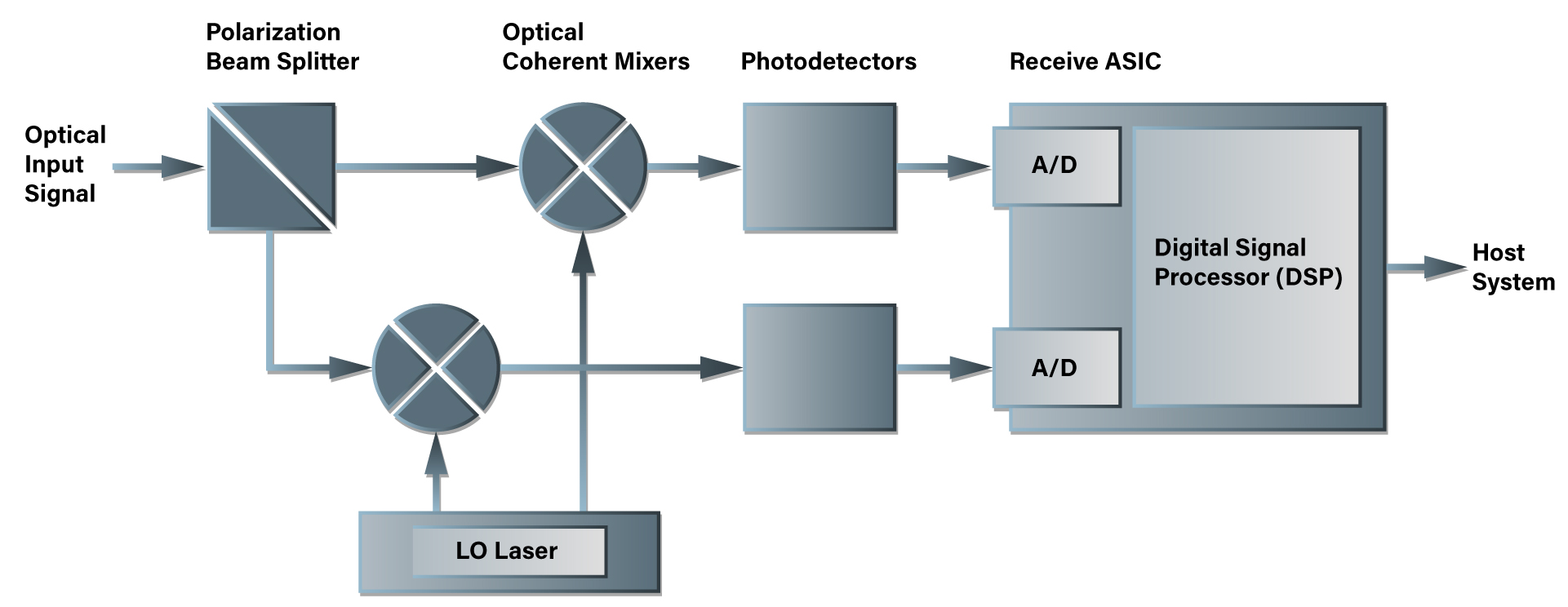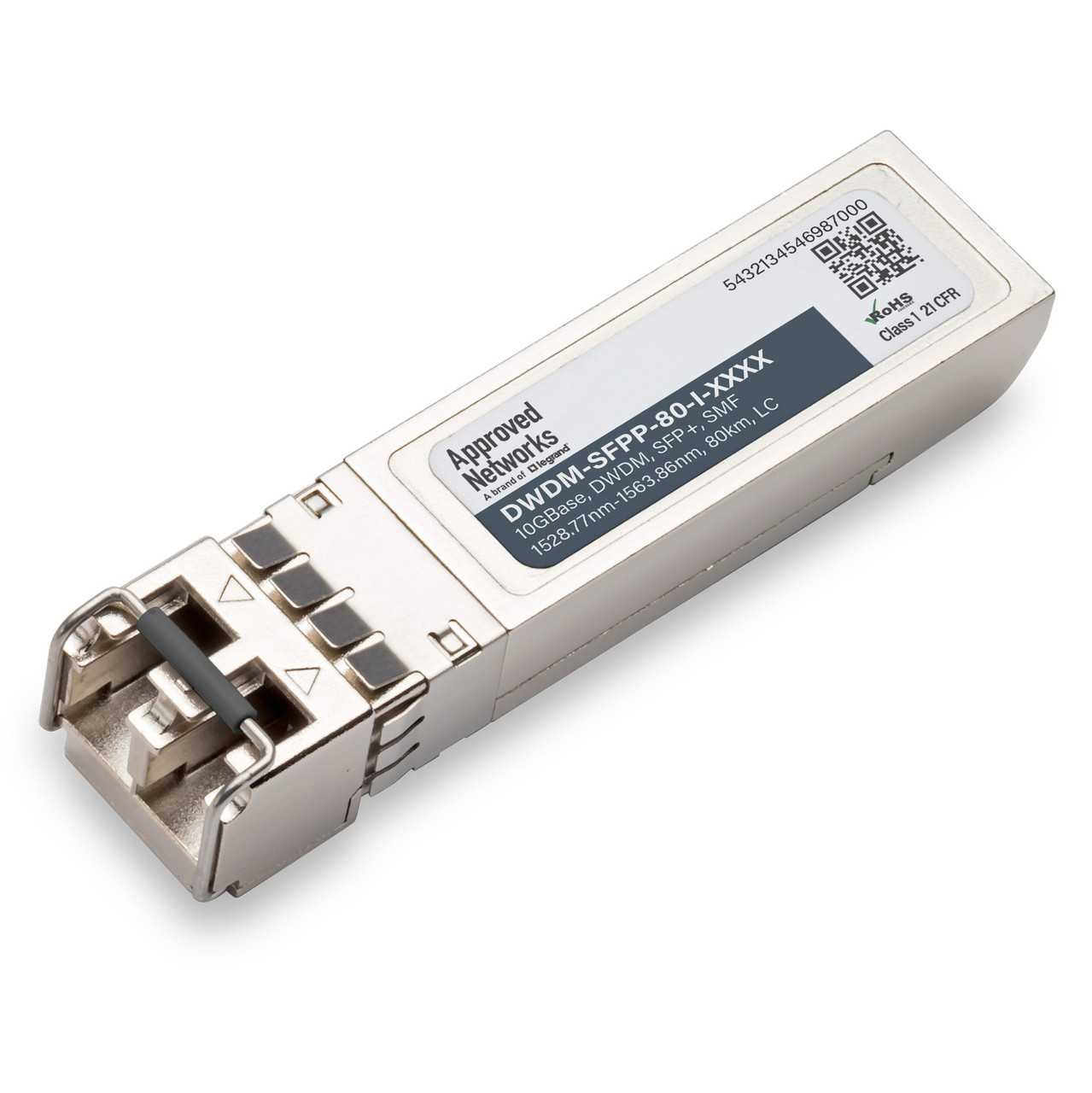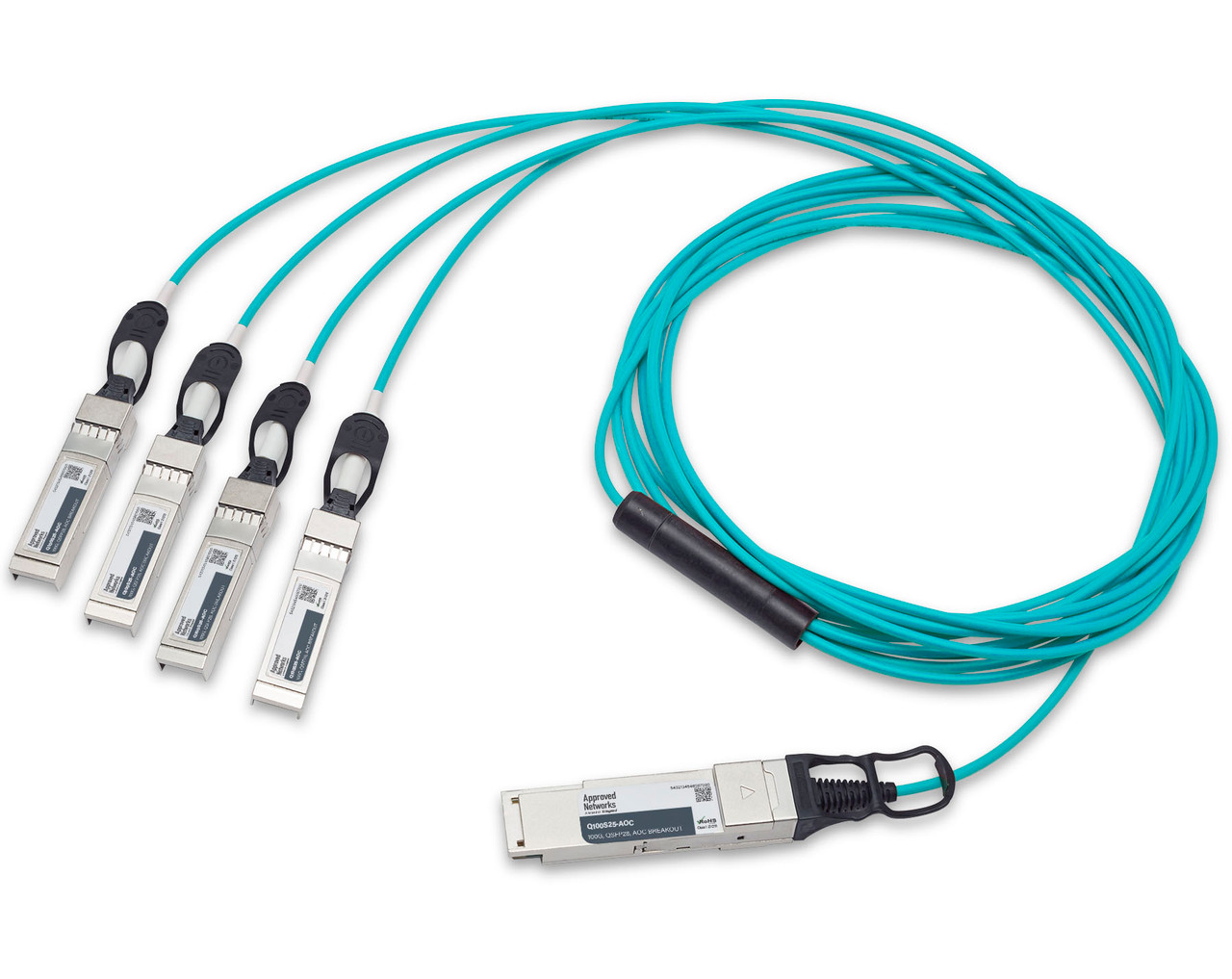About Coherent Optics, Part 2
Posted by Tim Yanda on Jan 20, 2023

In our first discussion on Coherent Optics, we explored the difference between NRZ, PAM4, and coherent modulation schemes. The need for higher order modulation is critical as we work to find more effective ways to add capacity to fiber. The ability to continuously build new fiber is limited. There’s the high cost, limited space in ducts or on utility poles, and the disruptive nature of utility construction.
Coherent optics use modulation and transmission to increase the amount of information going through a fiber optic cable. If capacity is an issue, coherent optic transceivers might be able to help.
Currently, coherent optics are available in 100G, 200G, and 400G. 800G is being developed, but it doesn’t look like it will be available in the near future (say, in a 12-month time frame). So, for now, the emphasis is on 100G to 400G products.
“Coherent optics are typically used for ultra-high bandwidth applications ranging anywhere from 100 Gigabits to 1 Terabits per second. Powerful DSP chips are embedded within these systems to mitigate non-linear effects caused by fiber impairments, including chromatic dispersion and polarization mode dispersion.” – Viavi Solutions, Inc.

Diagram courtesy of fiber-optic-tutorial.com
The key to successfully deploying coherent optics is understanding the fiber network they will be placed on. This is done via characterizing the link to ensure it meets or exceeds typical single-mode fiber specifications. Regardless of how long a distance an optic is specified for, the actual quality of the fiber is the key to a successful implementation.
As such, a coherent optical fiber system leverages the best of fiber technology – including amplitude, phase, and polarization – to optimize the capacity of a fiber optic link. These characteristics exceed the limitations of traditional NRZ systems. Further, coherent optical transmission deploys tunable lasers and sophisticated Digital Signal Processing at both ends of the circuit to effectively modulate and demodulate each of these properties.
Enabling a broader adaptation of coherent optics is the Digital Signal Processing (DSP) chips that have come down in price and have greater interoperability. Further, the tunable laser aspect allows for coherent optics to be deployed over traditional DWDM systems. The combination of coherent optics and DWDM wavelengths allows a “super system” to be built.
Super system means very high bandwidth (multiple terabits) on a single pair of fibers. These require careful planning but utilize off-the-shelf DWDM technology and amplifiers to reach very long distances.
An interesting note is coherent optical fiber communication eliminates the need for dispersion compensation modules (DCMs) in DWDM systems, since this function is now completed by the DSP.
Coherent pluggable optics provide the ability to expand bandwidth, create high capacity DWDM systems, travels long distances all while providing high bitrate circuits.
If your network needs more data over the current fiber optics, considering coherent optics may be the answer to your issues. Knowing what your set-up is now, and some research into what’s available, may offer solutions to ease network congestion and speed things along.



